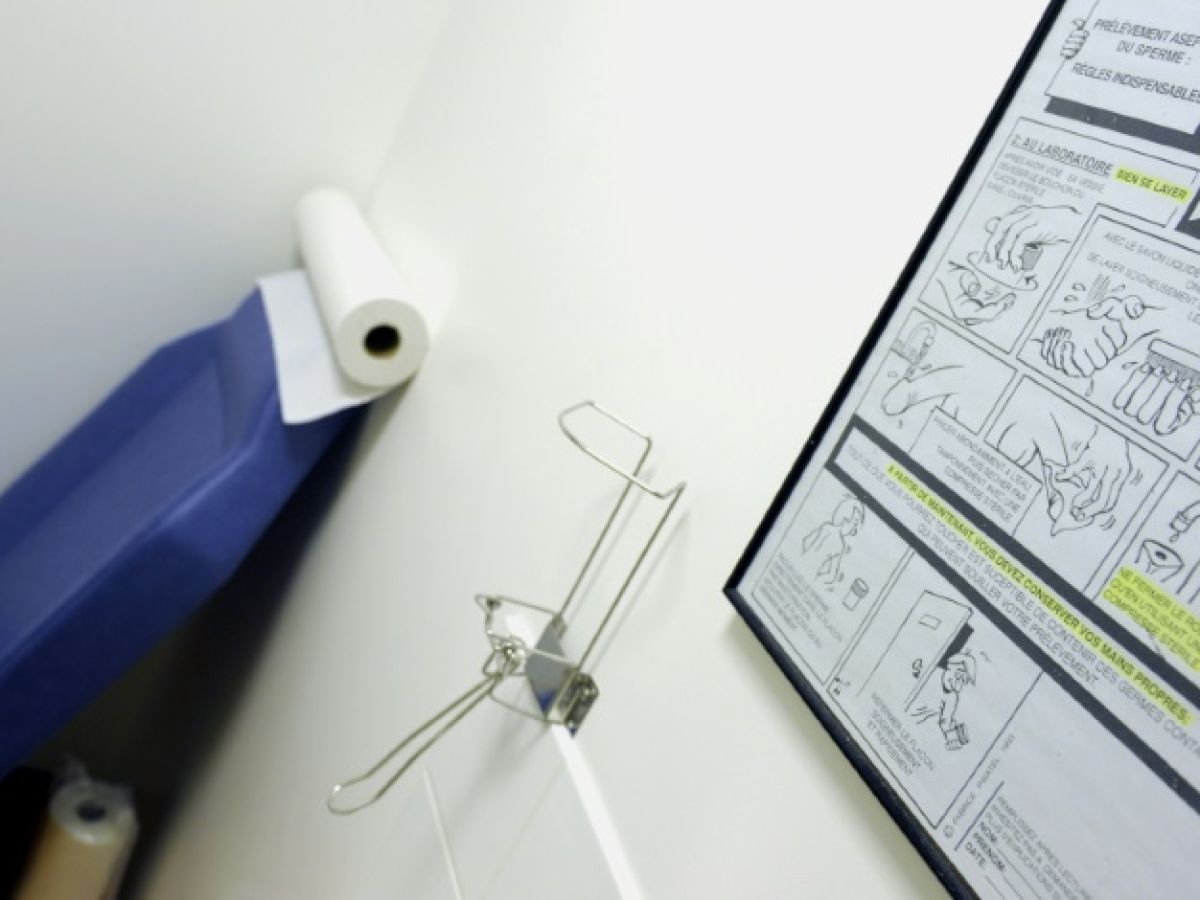To meet the demand from adults born through assisted reproduction to know the identity of the gamete donor, hospitals are conducting a bloodhound search through archives designed to hide this precious secret, a quest that is successful in only half of cases.
Since the 2021 bioethics law, adults born through medically assisted procreation can, at the age of 18, submit a request for access to the identity of the sperm or egg donor to a dedicated commission, Capadd.
This Commission for access to data from third-party donors for persons born through medically assisted procreation then contacts Cecos, the reproductive biology center, where the donations were taken.
"I felt great disappointment, anger, and a sense of injustice when I received a letter at the end of 2024 saying that my donor had not been identified by the Rouen Cecos," says Elsa Pourcenoux, 38.
The donor was identified in just over half of the 611 applications processed over three years. And 196 applications remain pending, out of 807 requests received over three years by Capadd, according to the report it adopted on Thursday.
Only 90 applicants, almost one in ten, received the identifying and non-identifying data they were looking for: name, age, physical characteristics, professional and family situation, state of health, motivations, etc.
This is due, in particular, to a certain culture of secrecy that has prevailed for decades around medically assisted procreation.
– A taboo –

"The centers motivated sperm donors by promising them that they would never be contacted again. Doctors encouraged parents not to reveal the method of conception to their children, whereas today, on the contrary, they are encouraged not to hide it. It was taboo because it affected infertility," explains Dr. Bérengère Ducrocq, head of Cecos in Lille.
"There are Cecos where the archives were burned, destroyed during moves. And then in some places, there was a real desire to delete these archives because they absolutely wanted to maintain anonymity," observes Marine Jeantet, Director General of the Biomedicine Agency.
The staff are doing painstaking work in forty-year-old archives: boxes, computer diskettes, files, cabinets, sometimes in the basements of hospitals.
"Anonymity was so present in the Cecos culture that everything was done to ensure that it was not easy to trace the donor," confirms Samuel Aparisi, the president of Capadd.
Here, the donor's name was cut out of their card once the gametes were distributed to a couple. Elsewhere, it was hidden with a correction fluid or marker. "Today, we carefully peel off the white-out. We try to decipher the crossed-out name with a transparent marker in front of a light source," explains Dr. Ducrocq.
– “Success” or “frustration”? –
According to Timothée Marteau, who sits on the Capadd committee for PMAnonyme, the association representing adults born through donation, erasing data was "illegal, since it was a medical procedure."
There could also be spelling mistakes, more or less legible writing or partial information: "In Rennes, we sometimes only wrote the name and there are plenty of Le Moels in Brittany," says a professional.

Above all, the Cecos often distributed the gametes to city gynecologists, who did not always record the births, experts point out. Capadd is requesting access to the archives of city gynecologists.
Due to these multiple obstacles, in three years, the donor was able to be identified in 341 of the 611 files processed. "A success, given the state of the archives," according to Samuel Aparisi, while PMAnonyme evokes "the frustration and anger" of children born from donations.
Especially since identification is not always sufficient to satisfy the applicant, because some donors were deceased (75), others refused to lift their anonymity (79) or did not respond (89).
This traceability, which is essential in the event of the discovery of a genetic disease, is also necessary because the Cecos are supposed to ensure that the same donor is not responsible for more than ten births.


